Yanko Design - Latest Posts |  |
- Ten Innovative Designs To Help The Sight Impaired
- Truths about Creativity
- Let’s Play The Guessing Game
- Funstackabletastic!
- Coffee Cup Plant
| Ten Innovative Designs To Help The Sight Impaired Posted: 11 Sep 2009 03:45 AM PDT Off late we have seen a flood of designs which bring out ways to make life easier for the sight impaired. A few good examples are the Braun Bell Mug, Touch Color Digital Braille Drawing Board, and The Universal Phone. These designs inspired me to compile a list from YD's archives, dedicated to the Blind. Here's a look at Ten Innovative Designs To Help The Sight Impaired. 10) Siafu PC by Jonathan Lucas
Lucas's design gives the blind a fair chance to explore the world of computers in a limitless way. A conceptual material called magneclay or magnetized liquid possessing limitless morphing capabilities forms the base of this design. 9) B-Touch mobile phone Zhenwei You
B-Touch is an iPhone kinda phone with a Braille interface, voice systems and programs to function as regular phone, navi-system, book reader and object recognizer.
The Bright-F detects the brightness, saturation, and hue of colored fabrics, thereby allowing a blind person to literally pick his choice of color. It relays the color information via a voice feedback. 7) Braille Label Maker by Soonkyu Jang, Jieun Seo & Seung-un Kim
The Braille Label Maker spins out Braille labels so that one can stick it to the relevant items in a grocery store. A very practical solution to an everyday problem. It can be used for labeling many other items as well. 6) The Visual Assistance Card by Kyle Lechtenberg
A brilliant concept that helps keep confidential information confidential! Like when you use a debit card, you need to punch in some secret numbers, but for the blind folks this could be a problem. The Visual Assistance Card lays on top of the debit/credit card reader and through the use of Braille imprinted on the card, the user is able to keep their personal information private thus increasing their independence while shopping in any store. 5) Braille Interpreter by Hyung Jin Lim
It's always assumed that if a person is blind, he will know how to read Braille. The truth of the matter is, there could be some sight-impaired persons who don't know Braille. This Braille Interpreter is for such folks. 4) Braille E-Book by Seon-Keun Park, Byung-Min Woo, Sun-Hye Woo & Jin-Sun Park
EAP is a technology that can dynamically change the surface pattern by way of an electromagnetic signal - simulating Braille text. Thus developing a Braille E-Book doesn't seem a tall order. Not only will it be easy to carry, but also cut down on the thick Braille Books. 3) Voice Stick by Sungwoo Park
Voice Stick is an advance optical character recognition scanner designed to scan books and read to you in a pleasant voice. It converts texts in books, newspapers, contracts, mail, business cards, etc., into voice information. 2) Swatch Sens by Arnaud Lapierre
Swatch Sens is a ceramic ring clock with the 12 hour point marked with Braille. It has two rings, one for the time and the other to set an alarm. The design is simple and easy to understand, and can be really useful. 1) Rubik Cube For Blind by Zhiliang Chen
This specialized Rubik Cube has six different basic materials: Metal, wood, textile, rubber, plastic and stone. Different textures make it easy for the Blind to comprehend and play a joyful game! |
| Posted: 11 Sep 2009 03:00 AM PDT I have been thinking about the relationship between creativity vs. design vs. where does it come from. I have also thought and wondered why some people, yet alone designers, are more creative than others? Here are some thoughts on creativity that may help you understand what it is and how to get it going for you.
1) Creativity does not exist in a vacuum.The thing about creativity is that it cannot exist without a baseline, starting point, trigger or input. In other words you will not be able to come up with a design or a design solution if you do not set the parameters or boundaries first. A good clear brief and/or design strategy is always required to start the ball rolling as it gets everyone excited. Therefore I am a strong believer that nothing beats the freedom that comes from a tight brief. The trick here is to ensure the boundaries are set wide enough so that it gives designers enough space to maneuver. 2) Creativity is free, work is where the value is.I highly believe that everyone is creative in his or her own way. Given the right conditions and stimuli, great ideas can rise to the surface. Therefore I find ideas are overrated as almost everyone can come up with some, often without much effort. The problem is when you have to make this creativity work or turn an idea into reality. This is the hard part. So hard that it does pay to do it well. The genius sketch is an urban myth, the real heroes are the designers in the trenches that realize it and make it happen. 3) Creativity is better shared.One nice thing about creativity is that an idea can somehow grow into much more powerful idea if it gets shared. Bouncing ideas around with each other or in your creative community really works. I always look, with sadness at close-minded individuals who refuse to share or overly competitive design students hiding in their holes. They do not know what they are missing. This goes back to Point 2: Ideas are cheap, execution is the key. 4) Creativity can be fostered.If you want to be better at being creative, you can. All you need is know how and practice. When you start out in design, getting a designer's block is a very common thing. Sometimes no matter how hard you try, you just can't get a design right, or out of your head. A small part of this is confidence, but is all about practice. As you get better in design or when you do it more frequently creativity seems to flow a lot better. Getting into a mental state of design readiness also helps keeping you from getting rusty. At the end of the day, you need to use it or lose it and a busy designer is never stuck. 5) Creativity is not DesignI find people who look at a product or sometimes a piece of art and say "even I could do it" are pretty naive to think so. My usual response is "why didn't you?". That's the thing, while having creativity is a prerequisite of a designer, being creative does not equate to being a good designer. There are a certain mix of elements that make a great designer. Some of these skills include having the right training, story telling, EQ skills, people management, analytical thinking, synthesizing ability, perseverance etc., the list goes on and I'm sure you can come up with more. Being creative is a good start, but I have never heard of successful designers that are creative and lazy. ———- Brian is a multidisciplinary industrial design leader that goes under the pseudonym of “The Design Translator”. He muses about the art of design leadership and the business of strategic industrial design over at his website Design Sojourn. He often laments the lack of good soy mochas and Italian Pizzas (with Rocket and shredded Parma ham) in Asia. |
| Posted: 11 Sep 2009 12:38 AM PDT We have NEVER done this on YD before, but we're gonna play the GUESSING GAME right now! Just by looking at this Pre-Picture can you guess what the item is? Those who got it RIGHT! Pat yourself on your back! This is the R-1, a simple analog radio. No fuss device! Roll it back and forth to control the volume or to turn it off; roll it side to side to change the channels. Designer: Ilgu Cha
|
| Posted: 11 Sep 2009 12:01 AM PDT These lovely little stools are stackable. In fact, they are so stackable that they are FUNstackable. That’s what they’re called, too; Funstackable Stools. They’re made of wood (imagine that!) and only wood. Every stool has 11 holes drilled in at different angles. Several of those holes are reserved for the stools pegs, while the other several are for OTHER stools pegs. It’s basically all wood and holes. This project, like many projects on Yanko, is a hypothetical project. While several stools have been constructed, there’s yet to be a line of these stools in stores and such. So if you have the designer Hafsteinn Juliusson make you one, you could have him make it custom! Custom holes! Custom wood! Designer: Hafsteinn Juliusson
|
| Posted: 11 Sep 2009 12:00 AM PDT Y in Cup is a project that has good intentions. It wants you to re-use your disposable coffee cup (yes the Starbucks variety) to grow more plants. I mean tiny plants that can dot your home, office or wherever. A combo of seed and fertilizer disk comes attached to the bottom of the Y Cup; simply tear open the package and empty the contents in the rinsed out cup. Add some soil from your backyard and you're good to go. Like I said the intentions of the project are good, but I don't think it's possible to grow plants out of every coffee cup that you use. For an addict like me, who goes through countless cups of coffee, it would be a waste of seeds and fertilizers coz I know I won't be able to plant and maintain so many pots! A better idea would be to supply optional cups, like you could purchase cups with or without the seed disks. That would make more sense. Designer: Joon Kim
|
| You are subscribed to email updates from Yanko Design To stop receiving these emails, you may unsubscribe now. | Email delivery powered by Google |
| Google Inc., 20 West Kinzie, Chicago IL USA 60610 | |

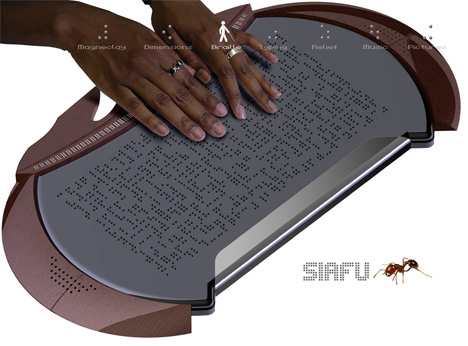
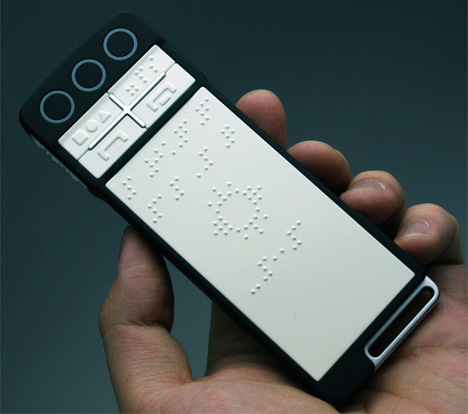
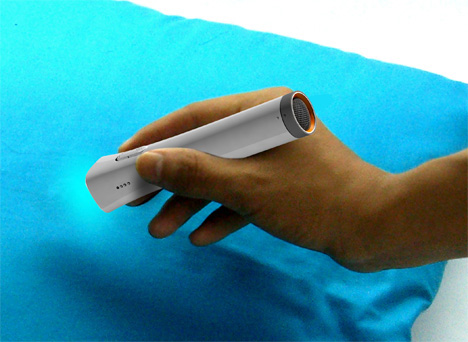
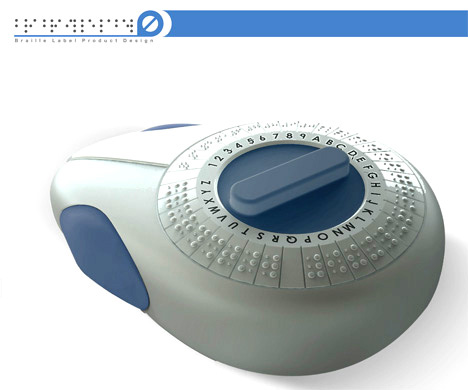
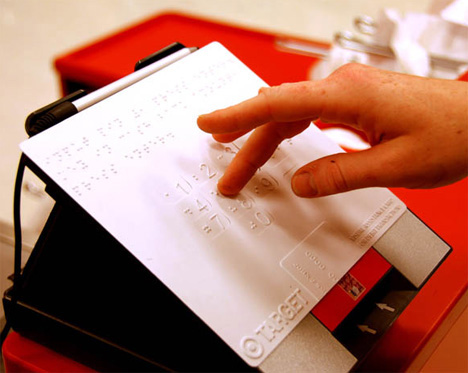
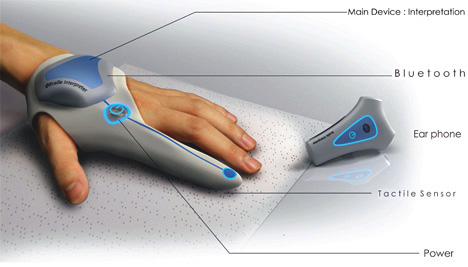
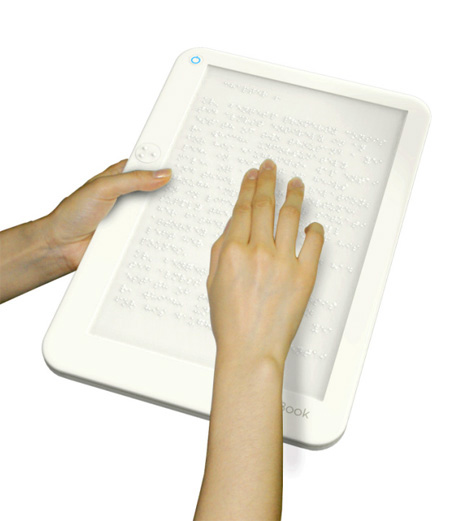
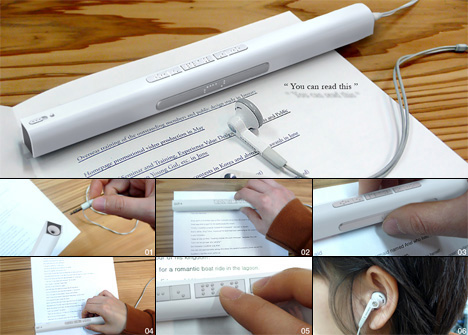
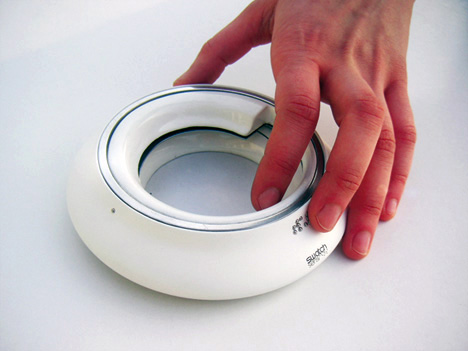
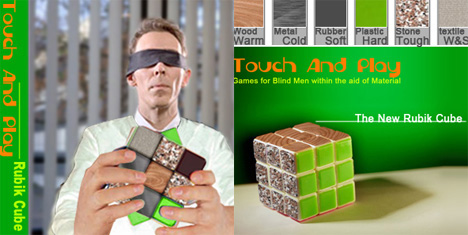




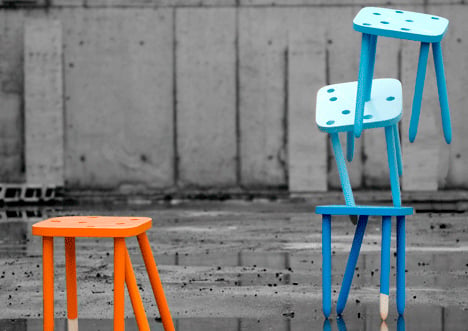
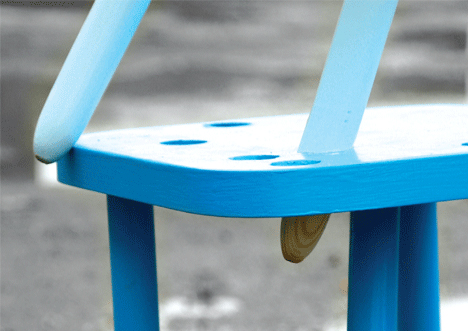
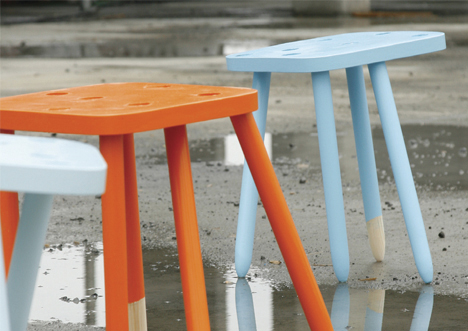
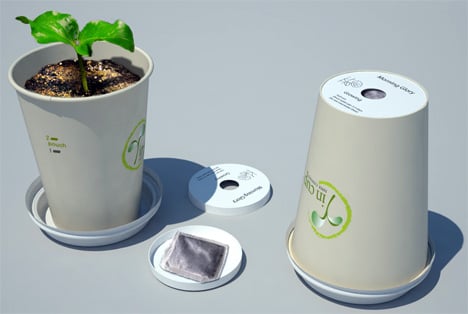
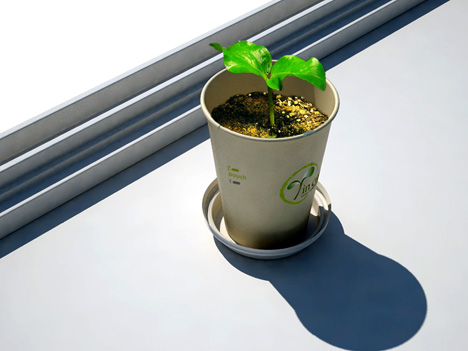
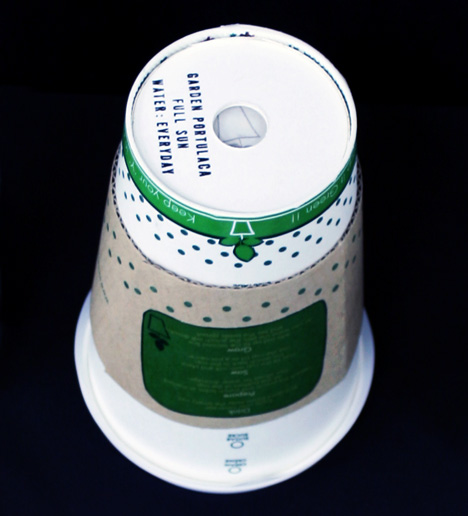
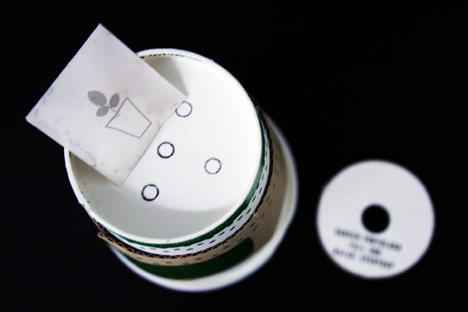
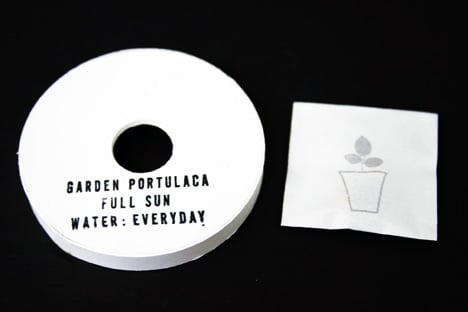
No comments:
Post a Comment